The railway can save hundreds of millions of pounds while delivering more and better services, by enhancing how it plans and manages day-to-day maintenance and major improvement projects, according to a new report by the Rail Delivery Group (RDG).
The report - Running a Better Railway: How changes to planning rail improvement work can deliver savings and better services - is based on cross-industry work involving more than 100 people and carried out over the past 18 months.
It aims to demonstrate how the industry can work together to help Network Rail achieve its target of a 20% cut in running costs by the end of Control Period 5 (2019), by establishing more collaborative planning and working practices.
Network Rail Managing Director of Network Operations Robin Gisby said: “With more people and freight travelling by rail than ever before on what remains Europe’s safest major railway, the industry should be proud of what it has achieved over the last decade.”
Presenting the RDG’s work, Gisby said: “A lot of this we were doing anyway. If you look back at this railway three or four years ago, we have made great strides.
“But if we are to meet future challenges in providing greater capacity while reducing costs, we know the industry needs to make changes to how it operates.
“The RDG work has identified how to help Network Rail meet its tough efficiency targets and deliver wider safety and performance benefits over the next five years, through greater collaboration with the rest of the industry to plan and carry out essential work.”
Changing the way maintenance, renewals and enhancement work is planned and carried out could harness potential cross-industry benefits of between £150 million and £350m, while the removal of redundant or problematic switches and crossings could claw back an additional £30m-£40m.
Gisby, who is leading on much of the work on behalf of the RDG Asset, Programme and Supply Chain Management Group (APSCMG), advocates a longer ‘time on tools’ during possession windows by reducing hand over, set up and hand back time, to achieve savings of between £60m and £140m.
Collaboration remains key, with better risk management identified for infrastructure projects, through more agreements between NR, operators and contractors. Risk is thus collectively identified and shared - saving another £100m-£230m.
Network Rail is also expected to involve operators earlier in the planning of major projects, to essentially avoid over-delivering (as a result, spending more than is necessary) for operators’ requirements.
The RDG’s working group has also identified improved planning and working practices that will lead to more services for passengers (and a resultant rise in fares revenue), saving £130m-£300m.
Tim O’Toole, FirstGroup chief executive and RDG lead on the work, said: “All parts of the railway are committed to making taxpayers’ and passengers’ money go further and helping Network Rail meet its efficiency targets. It is equally important that any changes we make to how maintenance and improvement work is managed also benefit rail users, by reducing disruption, improving safety and potentially allowing operators to run more services.
“The RDG recognises that the railway is only as good as its staff, and that the progress made over the last 20 years was only possible due to their daily hard work.
“Our frontline workforce will underpin rail’s future success, and the RDG’s role is to provide staff with the leadership and support to enable them to continue improving this vitally important industry.
“When McNulty put his challenge to the industry, it wasn’t a random challenge, or the government expressing frustration, it was as the industry recovered from the collective nervous breakdown of Railtrack, NR had literally rebuilt the place, and through that time had produced spectacular results.
“But it did get more efficient, and the efficiencies required were a cross-industry approach.”
Drawing attention to the membership of the RDG working group, O’Toole said: “I saw this workstream as the real meat and potatoes of what McNulty was challenging us about. On the Underground I knew that if you got this thing right, you could really drive efficiency.
“It’s a very real, on-the-ground programme.”

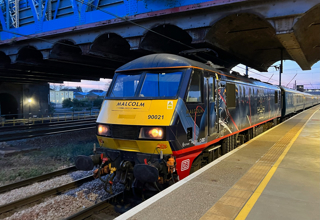
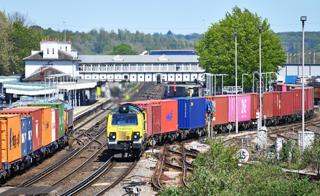
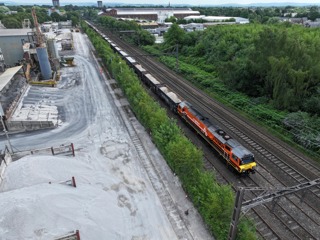
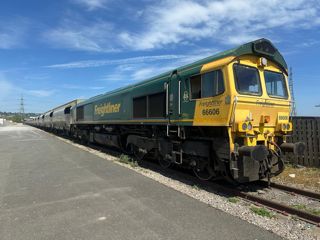
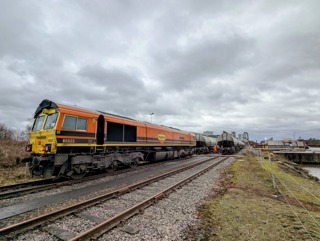










Login to comment
Comments
No comments have been made yet.